Peak entertainment casinos game
20 years, 20 questionable game ratings: A timeline of ESRB oddities

On September 16, 1994, the newly formed Entertainment Software Rating Board handed out its first ratings certificates, including its first M rating for the 32X version of Doom. Since then, the organization has taken on the Herculean task of assigning a content-based age rating to practically every commercial video game released in the United States.
For the most part, the organization has done an admirable job of accurately evaluating the content of thousands of games based on brief video montages provided by publishers. The ESRB should also be commended for educating the public about the meaning of its ratings—73 percent of parents say they check ratings before buying games, according to the ESRB—and of getting retailers to comply with voluntary age-based sales restrictions—87 percent of stores refused to sell M-rated games to minors in a 2011 FTC investigation. Despite some concerns surrounding transparency and rating methodology, the industry-wide self-regulation of the ESRB has been a boon to those trying to hold off continualefforts at government restrictions on game content and sales.
Still, among the thousands of ESRB ratings issued over the years, there are quite a few that have us wondering what the group was thinking. Here’s a chronological collection of some of the most baffling ESRB ratings decisions we’ve come across over the years, ranging from too lenient to too harsh to just plain hilarious.
Snatcher
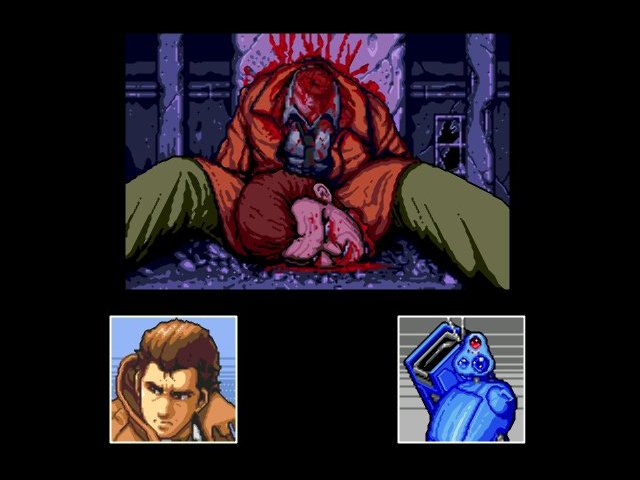
Sega CD, 1994
ESRB Rating: T
Just after the ESRB was officially formed, it faced one of its first tests in Hideo Kojima’s gritty Sega CD crime adventure. The game got a T rating despite what one Digital Press forum-goer describes as scenes of “a disemboweled dog, maggots eating a rotting corpse, a decapitated man with visible trachea and esophagus in the neck, and [making] implications towards strippers and prostitution.” But Night Trap, which helped inspire the ESRB’s creation, showed slumber party girls in nighties, which is obviously much worse.
Super Smash Bros. (series)

Nintendo systems, 1999 and on
ESRB Rating: Various
While the original N64 release got the E rating it probably deserved, follow ups Melee and Brawl were somehow bumped up to a T rating. Those sequels apparently added “mild violence” and “crude humor” to the “cartoon violence” of the original, according to ESRB descriptors, which are obviously not appropriate until you’re 13. Maybe they didn’t like Wario’s fart-based attacks? In any case, the upcoming 3DS version has been bumped back down to an E-10+ rating, even though it has “mild suggestive themes.” Your guess is as good as ours.
AdvertisementSuper Street Fighter II Turbo Revival
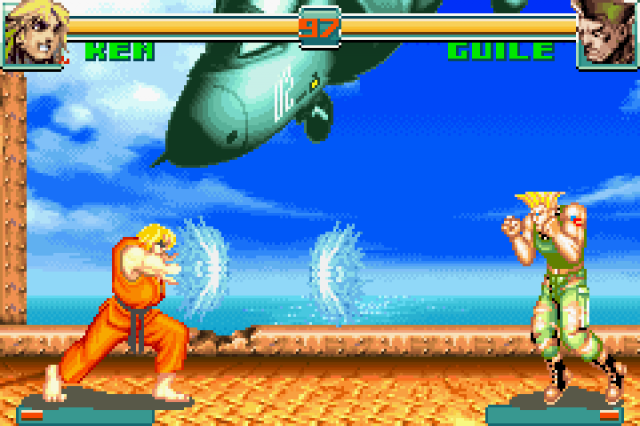
Game Boy Advance, 2001
ESRB Rating: E
Pretty much every version of this classic fighting game series has gotten a T rating, which seems pretty appropriate. That just makes it stranger that the ESRB apparently thought this late Game Boy Advance port was appropriate for kids of all ages.
Mobile and portable ports of violent games often seem to get lower ratings than their console/PC counterparts, even when the gameplay is largely similar or identical. Perhaps the ESRB thinks it’s harder to be scarred for life on a small, low-res screen?
Zone of the Enders

PS2, 2001
ESRB Rating: M
This giant space robot brawler is full of the kind of stylized, largely bloodless sci-fi violence that would normally earn a T rating. In fact the game and its sequel both earned a T when they were re-released as part of an HD collection on the PS3.
So why the M rating? It seems to stem from the included demo of Metal Gear Solid 2, which bumped the rating for the entire package upwards thanks to some more serious violence and subject matter. Yet that still doesn’t adequately explain why sequel The Second Runner also earned an M rating during its original PS2 release. Hmmmmm.
Peak Entertainment Casinos

PC, 2003
ESRB Rating: AO
With an AO rating, you might think this obscure gambling title featured cards with nude girls or topless dancers next to the gambling tables or something. But no, as far as we can tell, this is actually the only title to ever receive an AO rating despite having absolutely no sex or violence.
Why? IGN quotes a press release following the game's launch by way of explanation: "Getting the ESRB rating of AO (Adults Only) was exactly what we wanted. Our goal is to show lawmakers and parents that we share their concerns about underage gambling, and that we are taking the necessary steps to curb it." We’re sure that principled stance has prevented scores of kids from becoming degenerate gamblers since 2003...
Grand Theft Auto: San Andreas
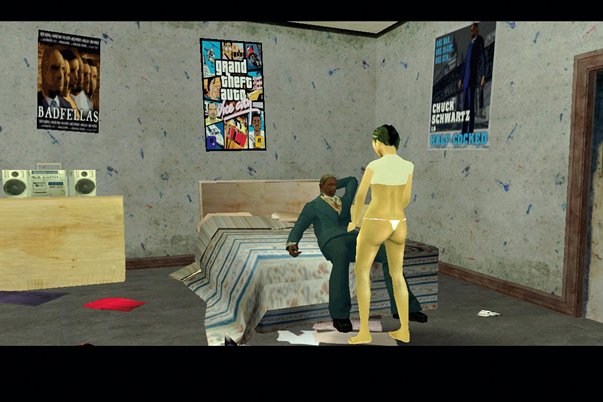
Various, 2004
ESRB Rating: M/AO
If you were following gaming news at all in 2005, you know what happened here. The short version: hackers found a sex-scene mini-game (dubbed “Hot Coffee”) buried in the game’s code that was technically accessible via modding. The media went nuts over it; the ESRB changed the game’s rating from M to AO; and Rockstar paid a $20 million settlement after the fact.
AdvertisementSince then, I’ve often wondered if the game would have still merited an AO rating if the “Hot Coffee” scene had been easily accessible in the first place or if it would have been allowed to stand as a hard M. As it happened, the ESRB had to do something, and a ratings increase was probably the easiest move.
Karaoke Revolution: Volume 2
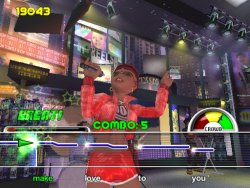
PS2, 2004
ESRB Rating: T
Unlike the first edition, which got an E rating, this sequel got bumped up to a T for “mild lyrics,” which is fine, as far as it goes. But we’re including it on the list because of the changed lyrics in the game’s version of Boyz II Men’s classic song “I’ll Make Love To You.” The section of the song about the singer and his partner taking off their clothes was changed to the point of ridiculousness: “Throw your rose on the floor/I’m gonna take my rose off too [emphasis added].” Given that the game still got a T rating despite this change, we’re wondering just what it would have earned if the oblique reference to naked people had stayed in!
Donkey Konga 2

Gamecube, 2005
ESRB Rating: T
Yet another seemingly family-friendly game that got bumped up to a much more serious T rating because of “mild lyrics.” There are definitely some mild curse words and semi-mature themes in some of the songs on the disc. Still, the rating seems a bit high, especially when the European version, which featured a different song list, got a super-tame rating of 3+ from PEGI. It seems the game came across the ESRB’s desk just before the introduction of the middle-of-the-road E-10+ rating, which may have been more appropriate here.
Call of Duty (series)

Various, 2003
ESRB Ratings: T/M
While every single Call of Duty game since Modern Warfare has received a justified M rating, the first three Call of Duty titles were merely rated T. It’s hard to see why, since these early games were pretty much just as bloody and full of intense war scenarios as their more modern successors. Maybe the ESRB felt that the early games’ “historic” World War II setting mitigated the horror a bit? Maybe it was the advance of graphics technology that made the carnage worse after Modern Warfare? It’s a puzzler.
Ghost Recon: Advanced Warfighter (series)
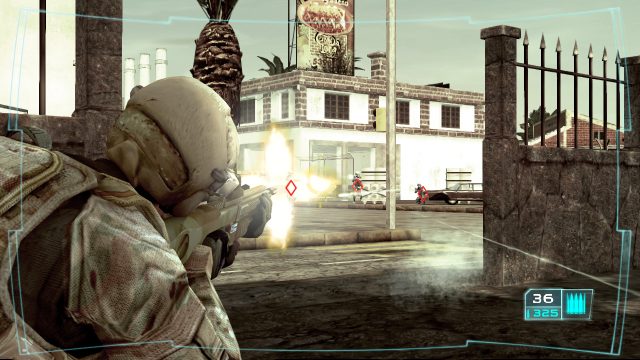
Various, 2006 and on.
ESRB Ratings: T/M
The two tactical military shooters in the Ghost Recon: Advanced Warfighter series only merited a T rating, while the extremely similar Rainbow Six: Vegas got bumped up to an M, for some reason. Tom Clancy’s Splinter Cell series is also a bit inconsistent with its ESRB ratings: Splinter Cell and Pandora Tomorrow got T ratings, but Blacklist, Chaos Theory, Double Agent, and Conviction all earned an M. If there are gradations in the content of these games, they are too fine for us to see.